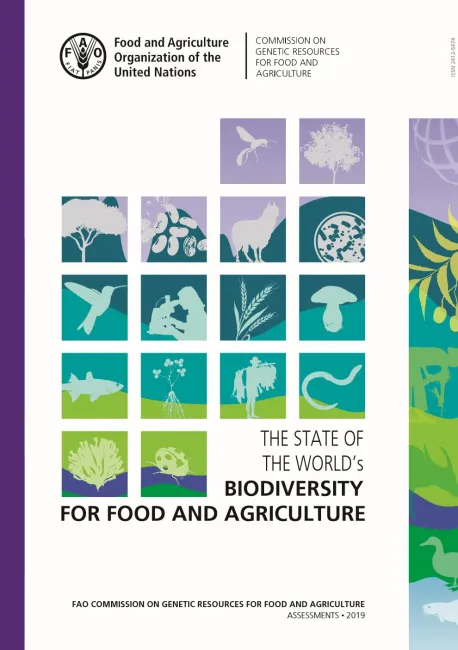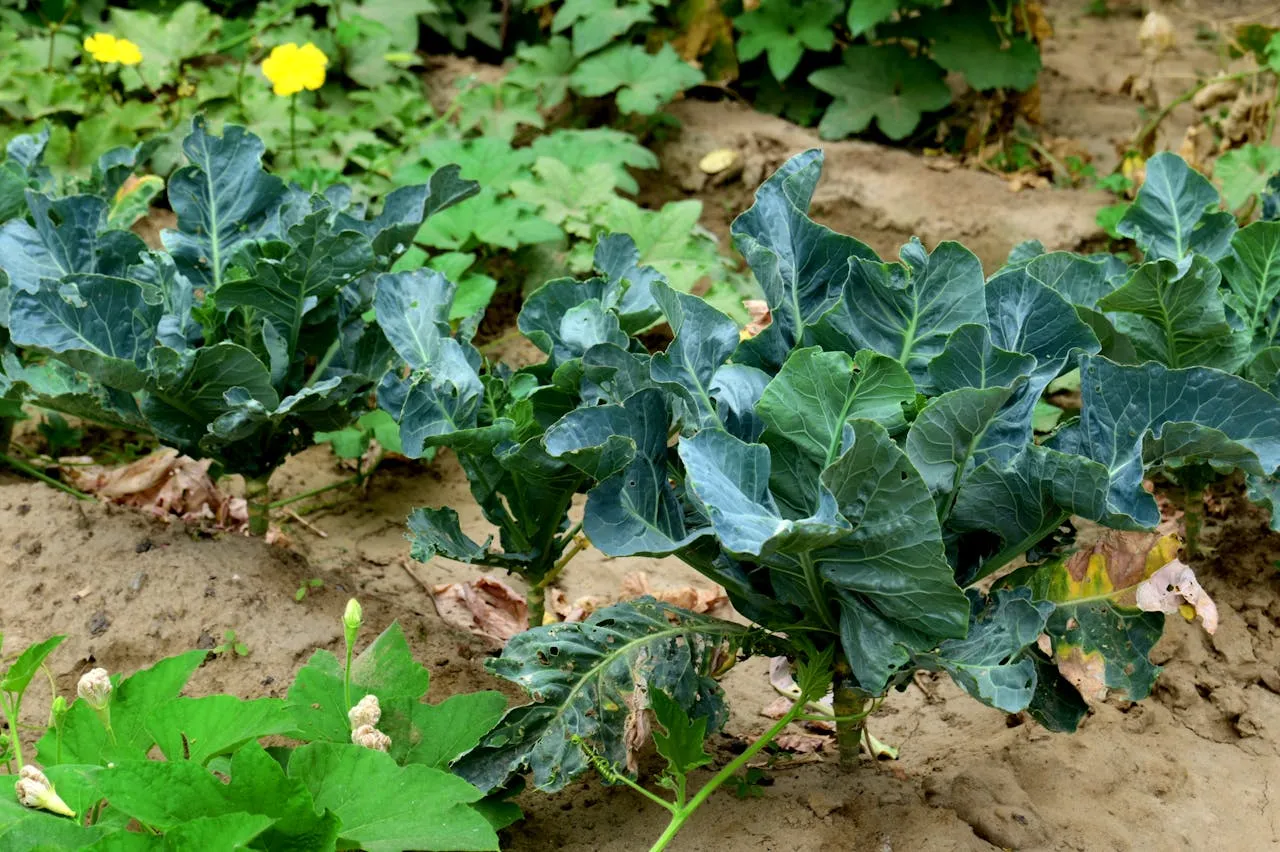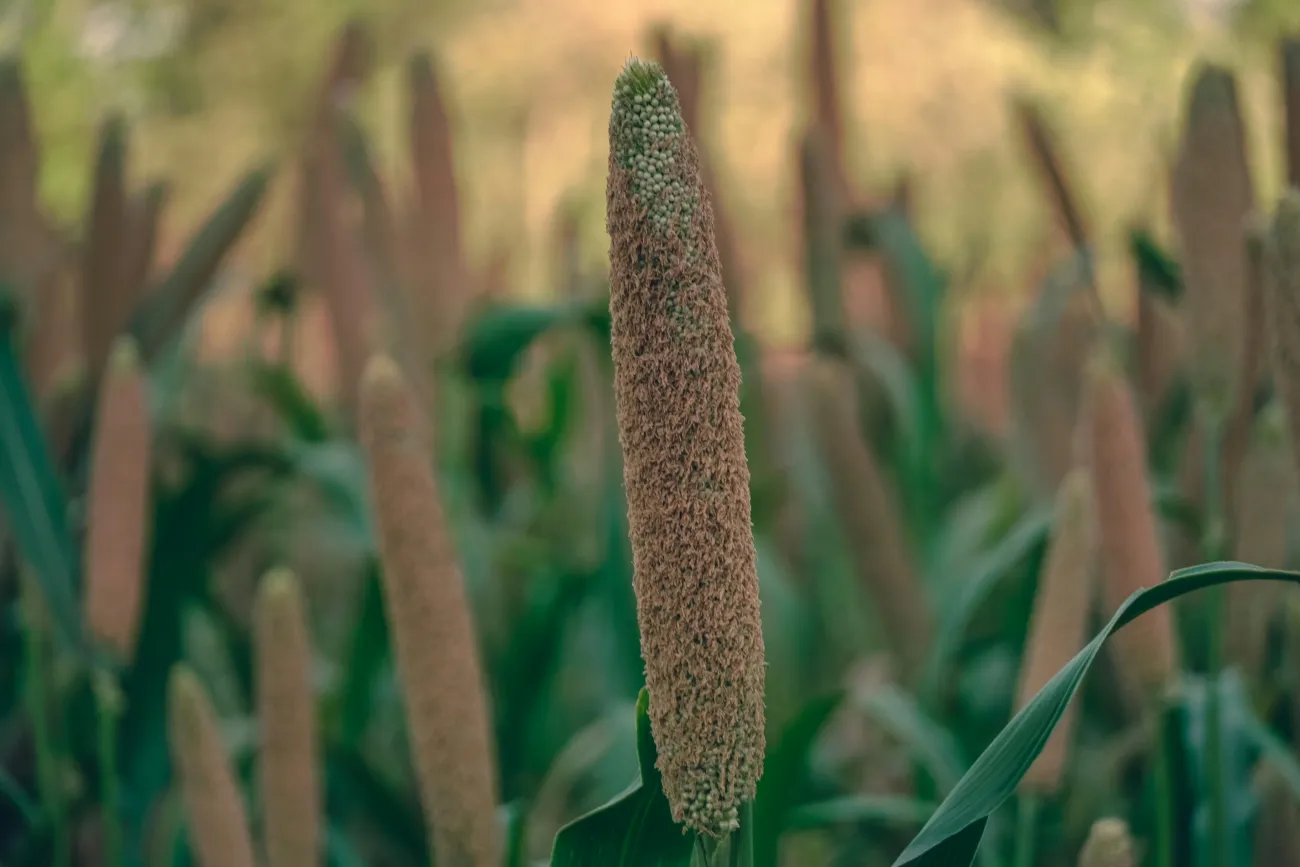This report from the FAO reviews the state of ‘biodiversity for food and agriculture’, i.e. any biodiversity that contributes in some way to food production. It finds that 26% of livestock breeds are at risk of extinction. Crop diversity is declining, with only 9 crop species accounting for 66% of crop production. One third of fish stocks are overfished, and a further 60% are being fished at their maximum sustainable capacity.

The report outlines the ways in which biodiversity is important to food systems, including: making production systems and livelihoods less vulnerable to shocks; providing ecosystems services such as pollination, soil formation, climate regulation and water supplies; and providing wild foods, which contribute to the diets of many people, particularly in developing countries.
The report identifies multiple interacting drivers that are negatively affecting biodiversity for food and agriculture. These include climate change, land use change, pollution, overharvesting, invasive species, urbanisation, trade and consumer preferences.
The report finds that there has been an increase in use of practices aimed at increasing biodiversity for food and agriculture, such as agroforestry, organic agriculture and reduced impact logging.
The report calls for legal, policy and institutional frameworks on biodiversity to be strengthened, and for research on the topic to become more interdisciplinary.
Read the full report, The state of the world’s biodiversity for food and agriculture, here. See also the Foodsource chapter Impacts of climatic and environmental change on food systems.




Comments (0)